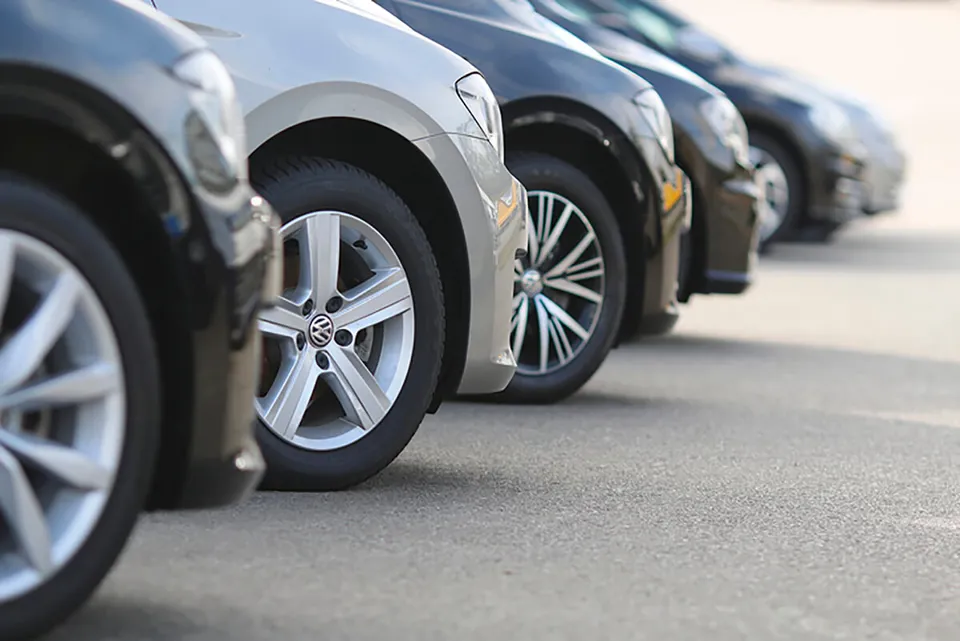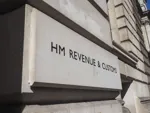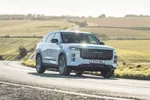White cars hold their value best while greens and maroons are the kiss of death in terms of depreciation, according to CAP.
In a study comparing second-hand values to new prices, CAP found that white cars typically hold around 5% more of their value than the market average for a typical used car.
The trend marks a complete turnaround from the days when dealers used the name '60 day white' to reflect the tendency of white cars to outstay their welcome on the forecourt.
But blue cars still languish below market average values, continuing to earn the trade's disdain with popular label of ‘doom blue'.
CAP analysed the trade market performance of hundreds of thousands of vehicles over five years and found that, for mainstream vehicles, white was consistently the top performer.
The analysis also revealed that green remains relatively unpopular in the used car market and that the colour most likely to cost owners heavily in depreciation was purple.
The resurgence of white means that a typical white model can be worth several hundred pounds more after three years than an otherwise identical blue one.
In some cases, niche or sporting models prove especially popular in ‘quirkier' colours and this accounts for the strong performance of pink and yellow cars. But in the mainstream market for typical family cars, consumer tastes tend to be more conservative.
Chris Crow, chief editor at CAP, said: "Reviewing CAP's disposal data over the last five years black, silver and grey all performed consistently in line with the overall market.
"However, colours such as blue, orange and red underperformed whilst gold, green, maroon and turquoise were complete howlers costing their unfortunate owners anywhere between 4 and 6% against CAP Clean benchmark trade values.
"On the face of it, the strong performance of colours such as indigo, pink, purple and yellow may be somewhat surprising but this reflects the niche and often sporty cars wearing them. They are therefore not representative of the run of the mill mass market.
"However, it is white cars which outperform the whole market beating other widespread colours, like blue, by up to 6% and green by up to 8%, depending on colour-type and condition.
"The lesson for motorists is, when you're choosing the colour of your new car consider how it will look to prospective buyers when you come to sell it as a used car.
"Of course, it works the other way too - for the used car buyer there are real bargains to be had if you pick a less popular colour because most of the depreciation has already occurred and you could save serious cash."


















Login to comment
Comments
No comments have been made yet.